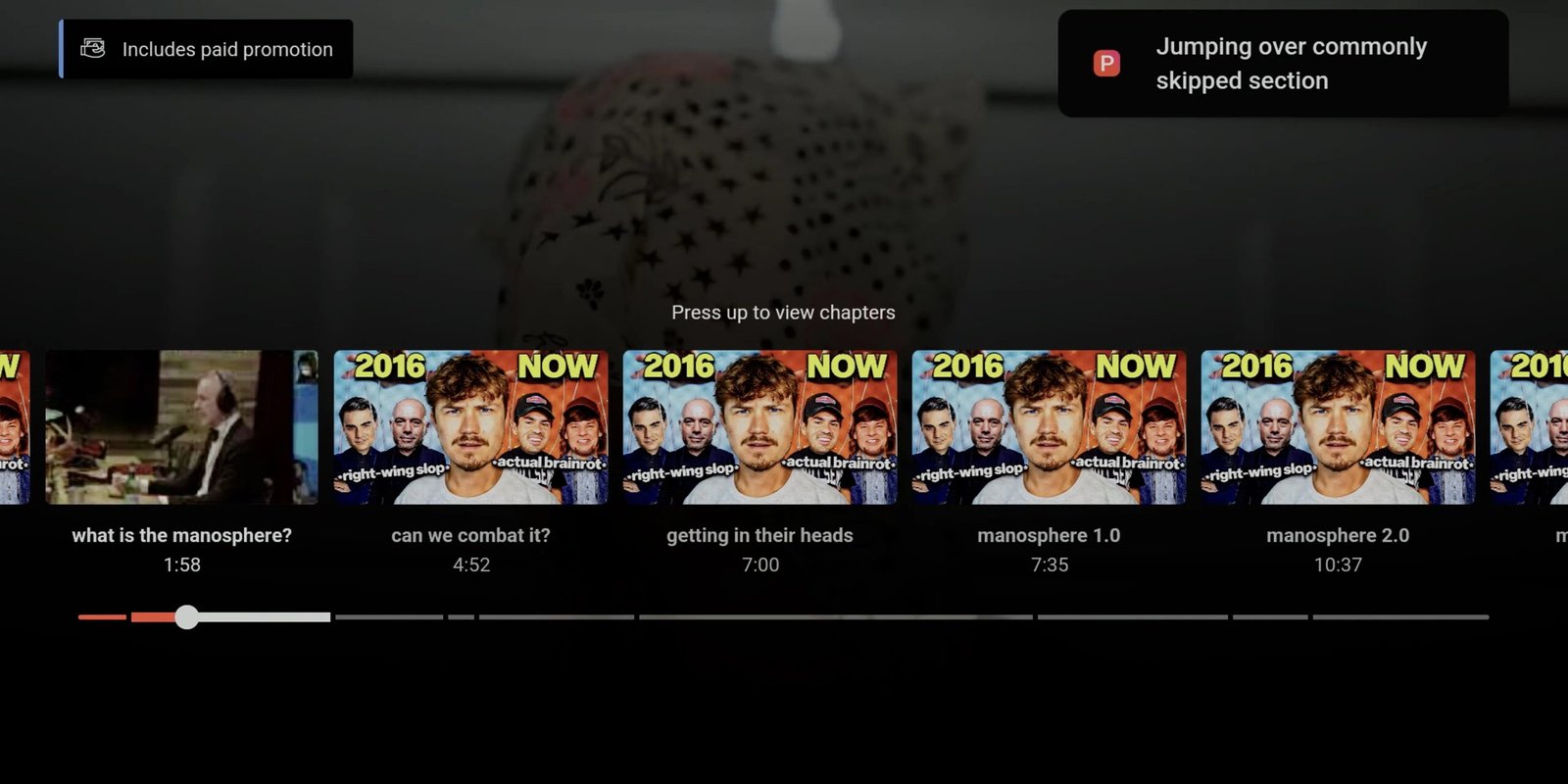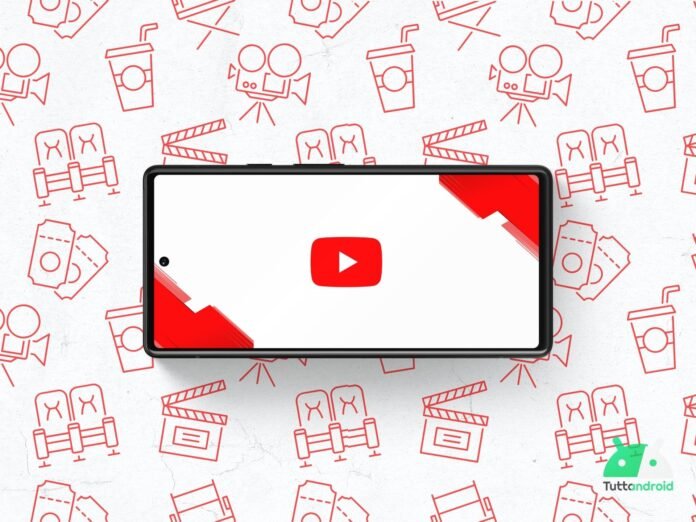YouTube is one of the Pillars of the Google ecosystem as well as the nerve center of the new media, as also demonstrated by the results of the second quarter of the year in which the Big G platform has reported impressive numbers and continues to guide a growing growth.
In recent months the service has started to welcome a function that well embodies the potential of the AI in daily contexts or Jump Head; Function that, after the first silent tests of the past few weeks, Google has started to distribute large -scale for youtube premium users who use Android TV.
It is a function enhanced by artificial intelligence that allows you to automatically skip the sections of the videos commonly avoided by users: For example, long preambles, promotional segments, sponsors, or parts judged not very interesting. And he does it by analyzing where other spectators stopped watching or skip.
A simple but effective idea, which had already been experienced on mobile and desktop in recent months, but which now also landed on the big screen.
Index:
- How Jump Ahead works on Android TV
- Criticality and limitations
- Availability and Rollout
How Jump Ahead works on Android TV
Compared to the versions for smartphones and PCs, on Android TV the operation is slightly different, adapted to the use of the remote control and the interface of the Smart TVs. In the absence of a touch screen or a mouse, YouTube has implemented a system of “smart scrubbing”Which is activated by remote control.
Here are the steps:
- While you flow the video ahead over time with the management keys, a message appears at the top right with the wording “Jumping Over Commonly Skipped Secation“.
- At that point, with a quick double click on the advance button, the reproduction jumps directly to the most relevant subsequent partbased on the behavior of other spectators.
No visible markers on the timeline, at least for now. Although, according to Google’s official documentation, a “dot“To report the leap point. In recent tests, however, this graphic indication does not yet seem active, or in any case not present in all versions.
The real strength of this functionality lies in the way in which it exploits the AI and aggregates of users. Jump Ahead is a system that learns where people interrupt visionaccelerate or jump the parts of a video, and propose a shortcut useful to other spectators. You can think how to a form of collective intelligenceinterpreted and applied by an algorithm.
The aim is to improve the vision experience, especially with long or repetitive content, and make sure that the user arrives more quickly at the salient point of the video, without having to search for random in the timeline.

Criticality and limitations
If on the one hand the introduction of functionality such as Jump Ahead improves the experience for the user, on the other raises some issues related to the nature of the contents:
- Creators could see the sponsored segments penalized, which risk having systematically skipped;
- New dynamics may emerge in the realization of the videos, with greater attention not to “lose” the viewer in the first seconds;
- The intervention of the AI in vision choices can be experienced both as an advantage and as a limitation of freedom, especially if the function is activated by default.
Availability and Rollout
Like many of the latest news based on the Heig land on YouTube, too Jump Ahead is reserved for users with Premium YouTube subscription. For now, the function is not available for free accounts, and there is no official information on a possible future extension.
YouTube Premium, we remember, has a monthly cost that varies from 11.99 euros to 13.99 euros depending on the country and the type of subscription.
The Jump Ahead function had already appeared in a limited form to some users in recent weeks. But in the last 48 hours, according to what is reported by 9to5google And by numerous online users, the Rollout is ongoing on a large scale for devices with Android TV.
At the moment, the function seems active only on Android TV for Premium users. It is not clear if it will also arrive on Google TV, even if it is probable, given the convergence between the two platforms.




